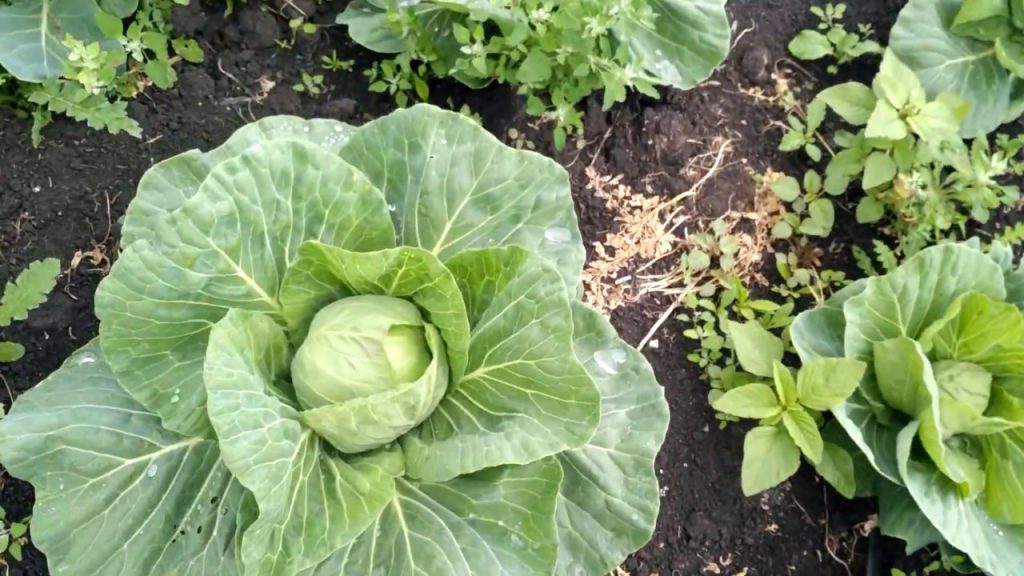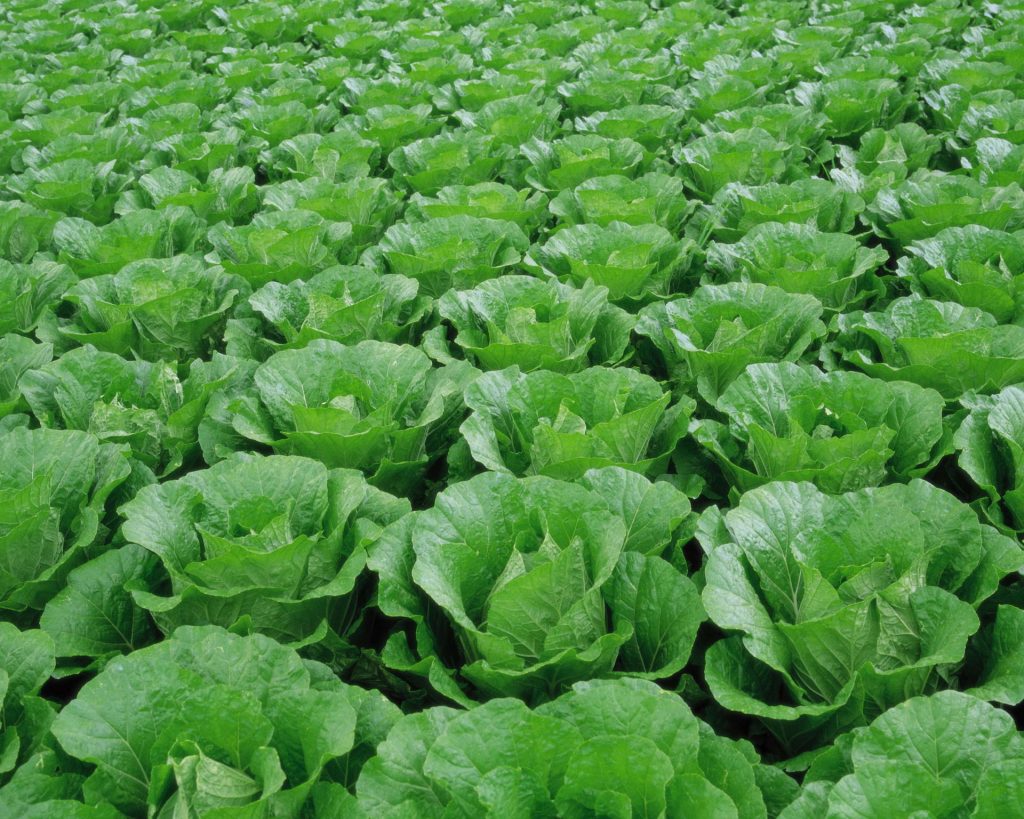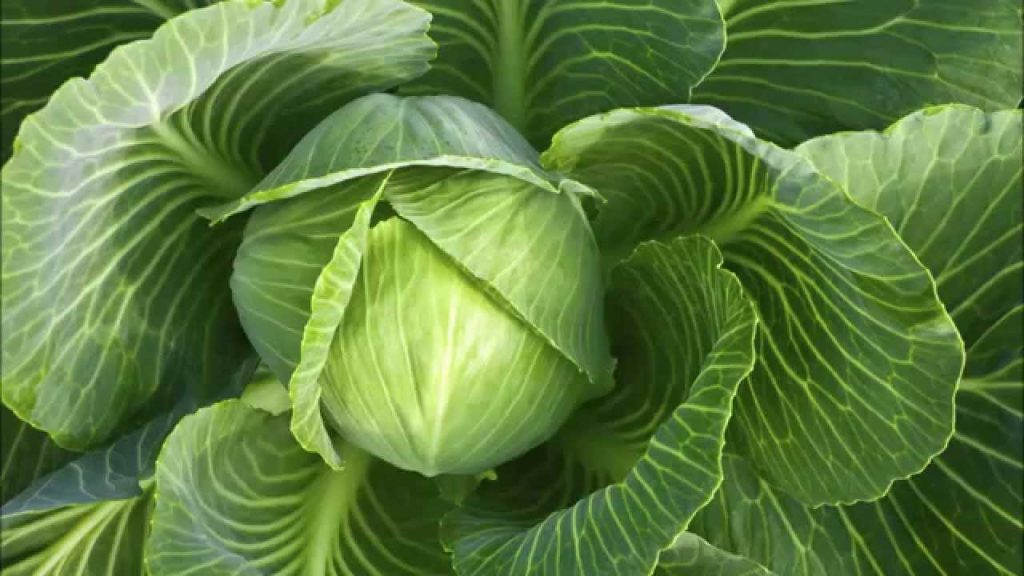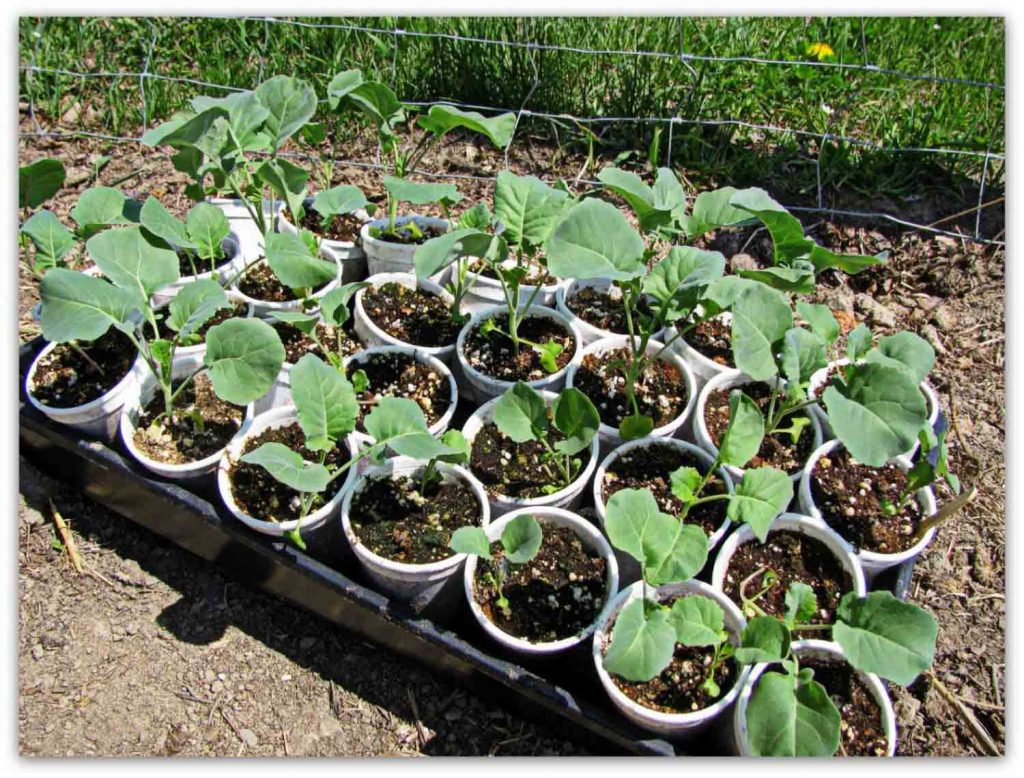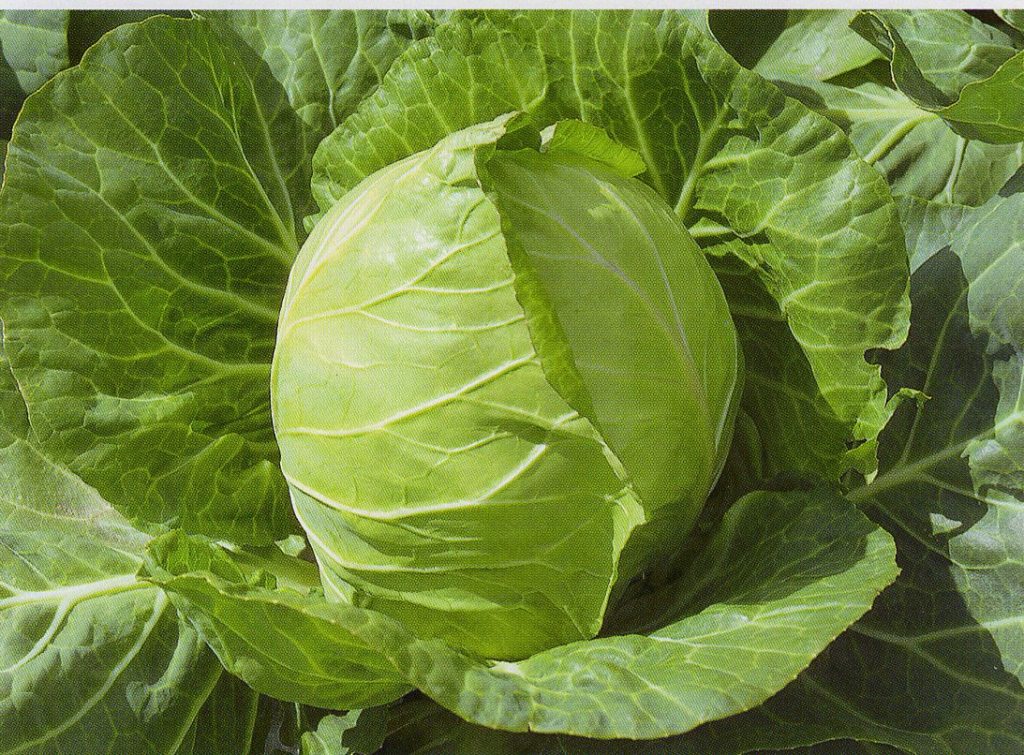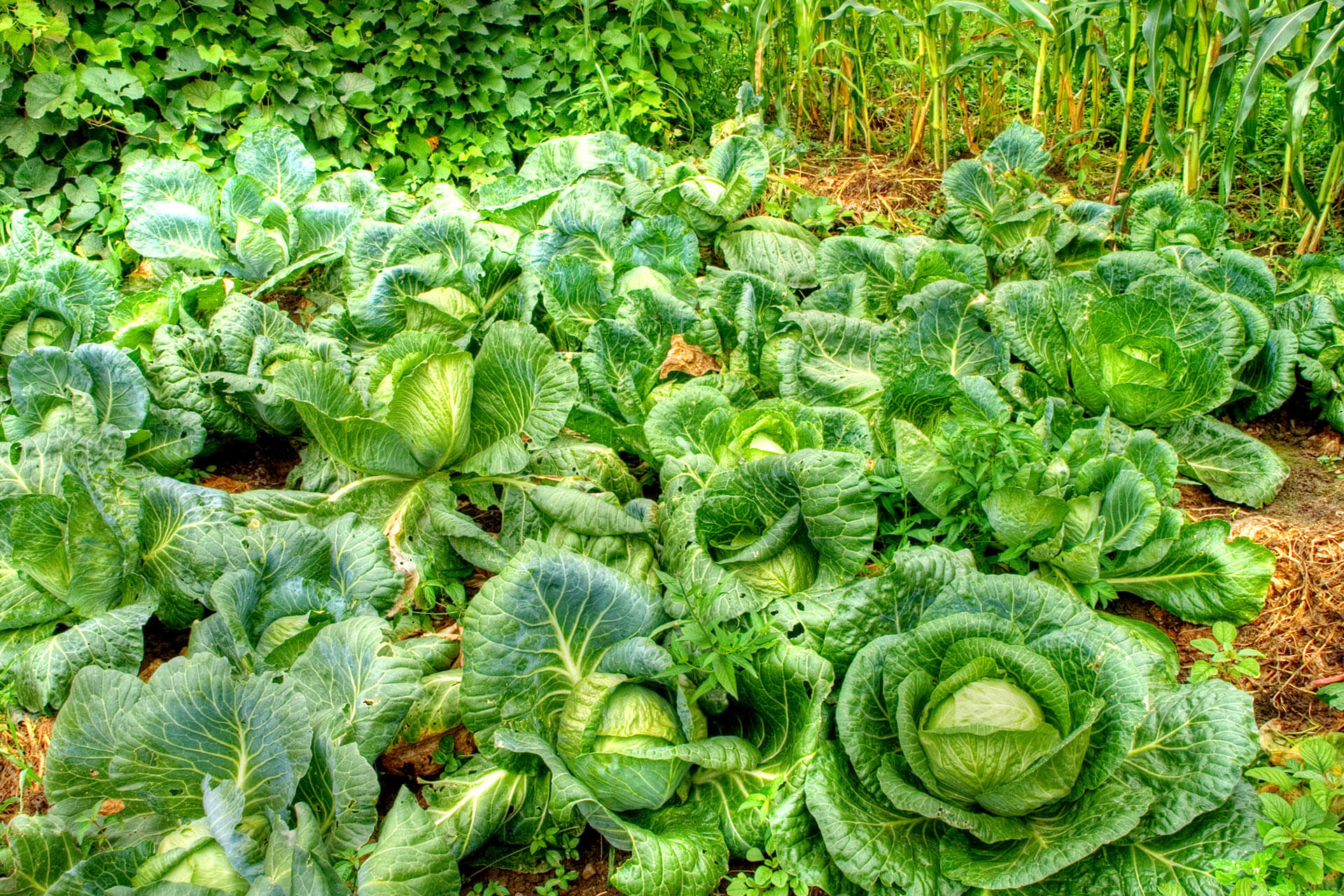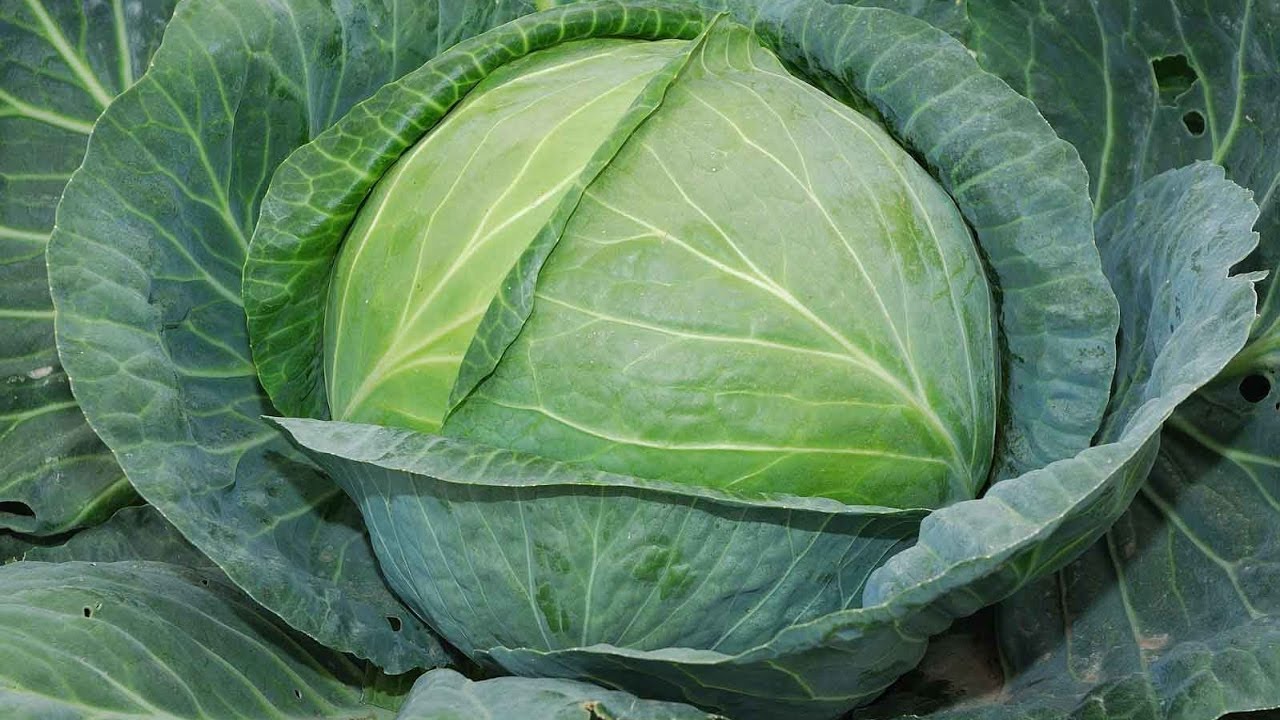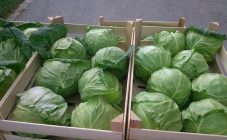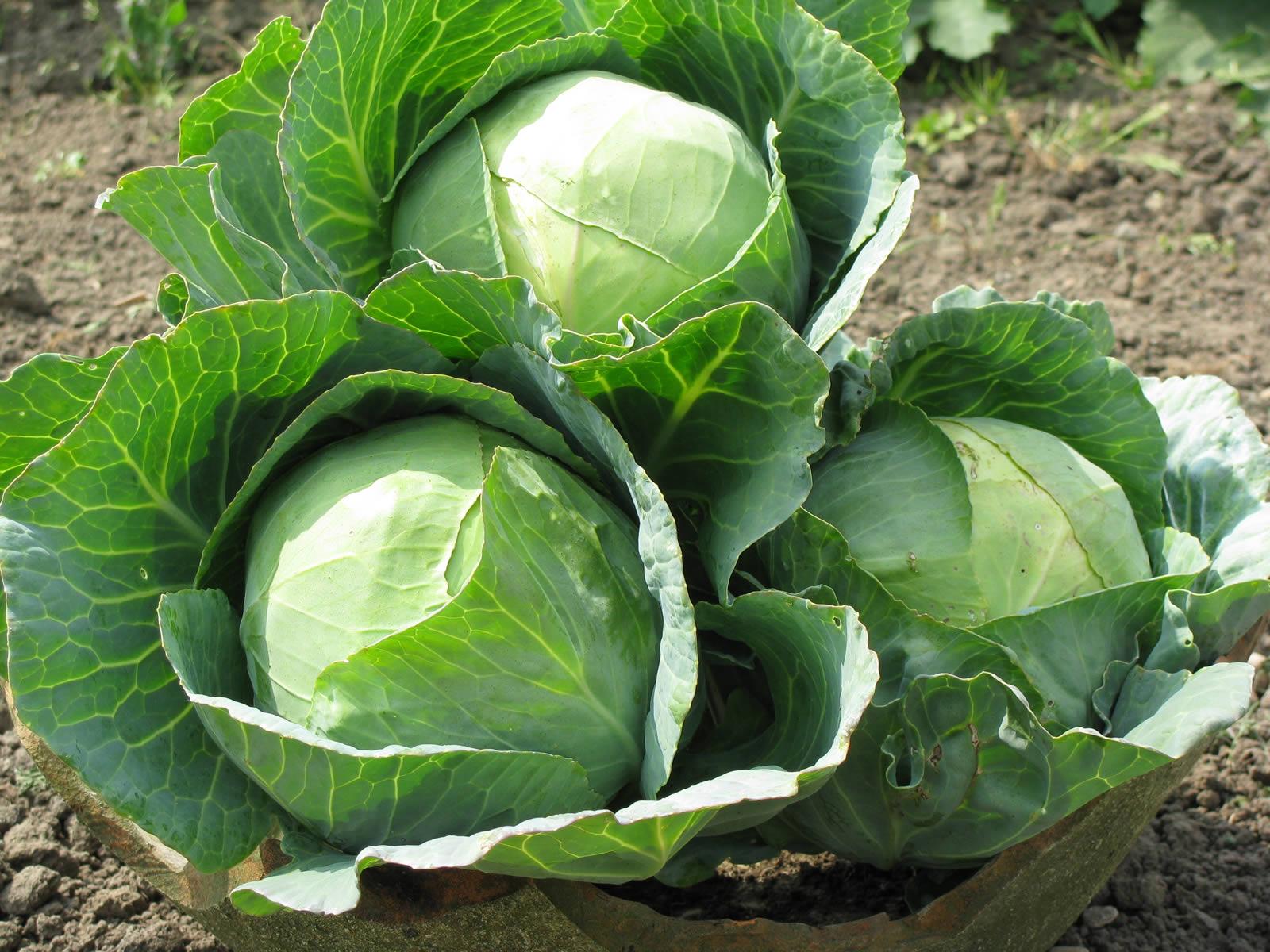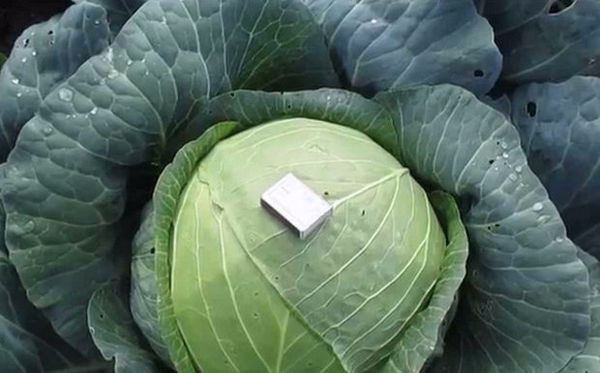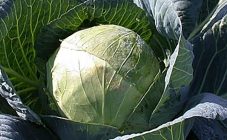Content:
In spring, small forks of new harvest cabbage can be seen on the shelves of markets and shops. This is an early cabbage, bred by breeders specifically for quick ripening. The leaves in the heads of cabbage are not as dense as in the late varieties of cabbage, but the taste and aroma are the most memorable, because it is the first!
Qualities of early cabbage popular varieties
The main advantage of early cabbage varieties is their fast maturation (from 100 to 120 days from the moment of planting in the ground), resistance to cold weather and resistance to cracking. Forks are usually small in size and often loose. The main disadvantage of early maturing varieties is the short shelf life. But as a result of successful breeding, one can already find cabbage varieties with a long shelf life (up to 5-6 months).
Among the varieties of early white cabbage, vegetable growers distinguish the following:
- June - ripe heads of cabbage of light weight 1-2.5 kg with green leaves, rounded. Vegetables ripen in 100 days, and this moment falls on June. Hence the name.
- Cabbage Copenhagen Market - rounded dense heads of cabbage of the variety ripen in 58-65 days to a weight of 1.5-2.5 kg.
- Transfer F1 is a hybrid, loved by many growers for its fast ripening (100-110 days), dense and juicy forks with a low weight of up to 1.5 kg. You can make salads from it.
- Kazachok is an early ripe cabbage with a ripening period of 106-112 days. The variety is intended for outdoor cultivation.
- Dumas F1 - refers to hybrid varieties of early maturing cabbage. Dense forks have yellowish tender leaves on the inside, green on the outside, weigh 0.8-1.5 kg. The ripening period for this variety is 90-100 days.
- Etna cabbage is a medium-ripening hybrid that can be stored for a short time (up to 3 months). The forks are dense and have a high yield (80-100 t / ha).
- Golden hectare - the main varietal feature is the possibility of long-term storage, unlike many early varieties of white cabbage. Heads of cabbage weighing 1.6-3.3 kg are round, light green in color, do not crack, ripen in 100-110 days.
- Rinda F1 - the hybrid ripens in 75-80 days, the head of the cabbage is round and dense, weighs 3.0-7.0 kg. The variety is suitable for summer sowing.
- Tobia F1 is a very productive hybrid (9-10 kg / sq. M), ripening in 3 months. Forks (5-7 kg) are covered with green leaves on top, and have yellowish leaves inside. Heads of cabbage do not crack even if they overgrow. The disadvantage of the variety is the impossibility of long-term storage of the crop. If the storage temperature is not observed, it can quickly deteriorate and turn pink.
Features of growing early cabbage
Knowing the ripening period of early cabbage varieties, you can calculate the time when it is better to sow seeds in different regions. Usually, the crop is fully ready for harvesting 80-120 days after sowing.
If in Ukraine seeds of early cabbage are sown in mid-February (in April, seedlings can already be planted in open ground), then in the Urals and Siberia, where spring comes later, it is more rational to sow in mid-April.
Early cabbage seeds are sown in different ways:
- in seedling boxes;
- in cassettes;
- in cups,
- in peat pots;
- using peat tablets;
- in biocontainers;
- into a snail.
To get the earliest harvest of cabbage, experts recommend cultivating it in greenhouses. In this case, the seeds are sown for seedlings at the end of February and artificial lighting must be used.
Conditions required for growing:
- Quality seed is half the battle. Seeds are best purchased from specialized stores. Be sure to pay attention to their shelf life (should be 3-4 years, no more).
- Choose a variety of early cabbage that matches the climate of the growing region.
- The seedling potting mix should be light and moist. Cabbage planting areas must have adequate lighting. After the formation of 3-4 sheets, the seedlings are planted in open ground.
- The optimal planting and care scheme for cabbage seedlings is 30 × 60 cm.
- When planting in the beds, the roots of seedlings are not buried deeply.
- Regular hilling is the key to a good cabbage harvest.
- Early varieties do not tolerate hot weather well, they require frequent watering.
- Cabbage needs to be fed with fertilizers, the first feeding is performed after the seedlings take root in the beds.
- So that the seedlings after transplanting do not get sick and can get better every day, small amounts of wood ash are scattered under the roots.
Additional characteristics of early varieties
In order to give preference to any variety of early cabbage for growing in summer cottages, it is worth studying information about them.
Cabbage Copenhagen Market
Heads of cabbage are quite dense, with a beautiful rounded shape. The juicy leaves of light green color are very delicate and quite pleasant to the taste. It is possible to use cabbage not only in the preparation of homemade dishes such as soups, side dishes, salads, but also for salting.
The fruits ripen almost simultaneously, 115 days after the germination of the shoots and 60-65 days after planting the seedlings in the ground. Heads of cabbage are large compared to other early varieties (1.3-2.5 kg). The yield of the variety reaches 4.5 kg / sq. m.
When describing Copenhagen cabbage, one cannot fail to note its main advantages: it tolerates spring frosts well and the heads of cabbage are not prone to cracking when the soil is waterlogged. The disadvantage is the short shelf life of the fruits.
June
The June variety has an excellent indicator - a high yield of 6.4 kg / sq.m. Medium-density forks are round or round-flat and weigh 1.2-2.4 kg. The outer leaves of a green color become light green to the middle of the head. The taste of cabbage is delicate and is popular with consumers.
The growing season of the variety is 90-100 days, forks ripen at the same time, which is convenient for quick picking of fruits.
The main disadvantage of the variety is the tendency to cracking when the soil is waterlogged. This should be taken into account by gardeners when growing a June variety of early cabbage.
Transfer F1
Cabbage variety Transfer was registered in 1993 in the state register of the Russian Federation. It is allowed to grow throughout Russia, except for the northern regions. The weight of round, with an average density of heads of cabbage is small: 0.7-1.5 kg.
The outer leaves are green-white with a waxy coating. The edge of the leaves is wavy. Cabbage ripens in 100 days, the yield is high - 7 kg / sq. m. Leaves are susceptible to attack by a cruciferous flea. It is impossible to salt and ferment it. Not stored for a long time.
Cossack F1
The Kazachok variety is especially appreciated by gardeners for its high resistance to various pests. It is distinguished from other varieties by a wide leaf rosette. A ripe head of cabbage with a diameter of 60-65 cm has a height of only 22-28 cm. The outside of the rounded fruit is dark green with a bluish tinge and a slight waxy coating.
Inside, the core is painted white with a cream shade. The juicy leaves are rated as good and excellent. The forks weigh 0.8-1.2 kg, the yield of the variety is up to 4.6 kg / sq.m. Technical maturity falls on days 105-112.
No cracking of heads at high humidity is observed. Well resists mucous and vascular bacteriosis and black leg. There were no particular drawbacks during cultivation.
Etna
Etna cabbage, the description of which is given on the seed bag, belongs to the varieties of medium ripening, but unlike other early varieties, it is stored a little longer - up to 3 months. The growing season is up to 115 days from the moment of emergence.
Heads of cabbage reach a weight of 2-3.5 kg when ripe.
It is allowed to grow cabbage even on depleted soils, provided that its plantings are not thickened. The main disadvantage of many early cabbage varieties is its short shelf life. In order to extend the period of using such cabbage, it is recommended to sow seeds for seedlings in parts, not at the same time.
As a result of selection, varieties of medium-late hybrids were bred, which are stored for a long time, ripen in summer, like the early varieties, but a little later. For example, the Aggressor variety is a promising hybrid, good for growing in stressful conditions and has good resistance to diseases such as fusarium. It is also allowed to grow this cabbage as a late variety.
Early white cabbage, like cauliflower varieties, is a real wealth of fiber, vitamins and proteins, which come in handy in early summer to replenish the deficiency of these elements. And to grow it yourself on your site or buy it in a store is a matter of taste for everyone. Having studied the early varieties of white cabbage, names and characteristics, it will not be difficult to get a good harvest.
